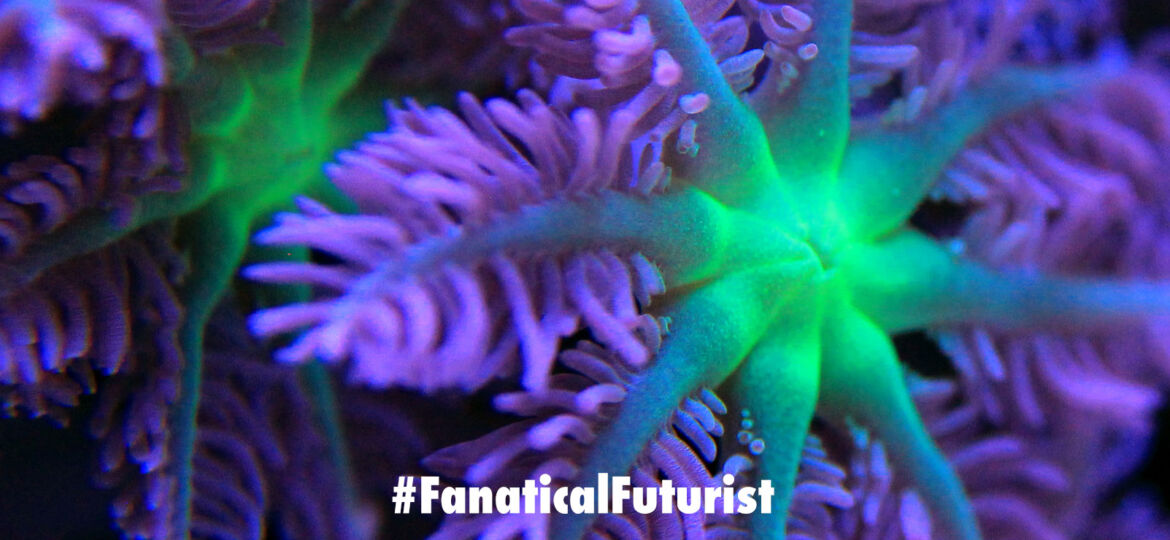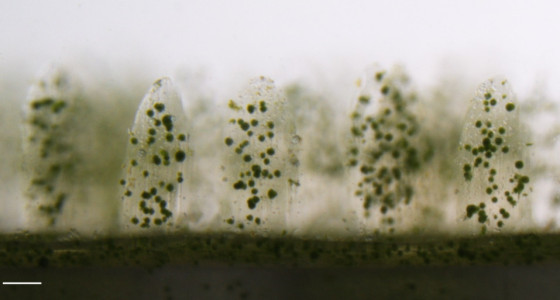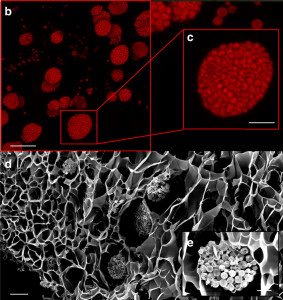
WHY THIS MATTERS IN BRIEF
Corals today are under threat from climate change and warming acidic oceans, and if they can’t recover naturally they may need a helping hand.
 Interested in the Exponential Future? Connect, download a free E-Book, watch a keynote, or browse my blog.
Interested in the Exponential Future? Connect, download a free E-Book, watch a keynote, or browse my blog.
The mass die off of coral reefs is a catastrophe of global proportions but the sheer scale of their success as organisms has many lessons for science, and now, alongside creating hunter-killer robots that kill off coral eating starfish like the Crown of Thorns, scientists from the University of Cambridge have managed to 3D print bionic corals that, if let out into the wild, could help quickly reverse the decline of some of the world’s most spectacular coral reefs like the Great Barrier Reef in Australia.
If 3D printed corals sound familiar that’s because a couple of years ago some other researchers in the Caribbean suggested using 3D printed structures to resemble the complex shapes of reefs as solid bases on which new corals and other animals could grow, and elsewhere another team 3D printed genetically modified corals that were, to all intents and purposes, heat resistant.
Corals are in fact a highly evolved symbiosis between the coral organisms themselves and algae that live inside them. The algae use photosynthesis to power the creation of sugar for their host, and the coral provide a safe living environment, and, interestingly, the coralline structures are also highly efficient at collecting and redirecting light so the algae can thrive. This partnership has been fruitful for millions of years, but rising ocean temperatures and acidity have upset the delicate balance in recent decades.
In order to successfully imitate the coral micro-ecosystem the team realised they’d need to replicate that special quality of capturing and redirecting sunlight within the coralline structure so the algae could make the best use of it, and to do so they studied the structure of corals closely and worked out a way to print them at a microscopic level. But instead of using an ordinary hard substrate they created an amazing sort of living gel.
“We developed an artificial coral tissue and skeleton with a combination of polymer gels and hydrogels doped with cellulose nanomaterials to mimic the optical properties of living corals,” explained Cambridge chemist Daniel Wangpraseurt, lead author of the paper in which the technique is described. Algae were infused into the mixture as well, so the researchers were essentially printing living matter.
That kind of technique is already being tested and used for medical purposes – printing human organs and tissues for implantation, for instance. In this case though the 3D Bio-Printers were repurposed to print bionic corals instead and they were ideal because these corals need to be 3D printed with an extremely complex internal geometry that maximizes the reach of light hitting the surface – it also has to be done very quickly aswell or the algae will die from exposure.
The resulting bionic corals then became the ideal home for the algae but even better the new corals were so effective that the algae grew multiple times faster than they do in natural corals. As a result there’s still hope yet that we might be able to reverse the declines in coral populations around the world – that is unless we can solve climate change first.


















